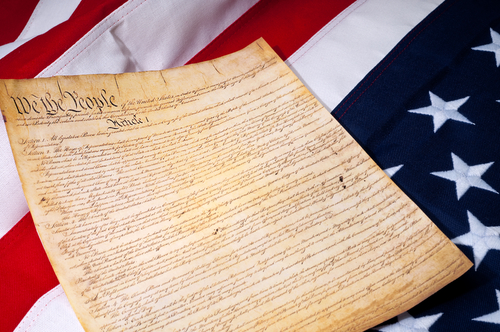
The Equal Rights Amendment (ERA) is a proposed amendment to the United States Constitution that aims to ensure equal rights under the law for all citizens regardless of gender. The amendment was first introduced in Congress in 1923, but it was not until 1972 that it was approved for ratification by the requisite number of states. Despite this milestone, it has never been formally added to the Constitution. In this article, we will explore the history, significance, and controversy surrounding the influential Equal Rights Amendment.
The history of the ERA is long and storied. Supporters of equal rights had been trying to add such an amendment to the Constitution for over a century before the first proposal was introduced in Congress. However, despite initial enthusiasm, the ERA failed to gain traction in Congress and would wait nearly 50 years before it was reintroduced again in 1972. The amendment passed both houses of Congress and was then sent to the states for ratification.
The ERA quickly gained momentum, with support from both Democrats and Republicans. In 1973, it gained its 30th state ratification, the minimum number required to become part of the Constitution. However, opposition from conservative groups intensified, and the ratification process stalled.
The opposition to the ERA was based on a number of grounds, including religious objections and the belief that the amendment would lead to social upheaval and undermine traditional gender roles. Phyllis Schlafly, a conservative activist, was one of the most vocal opponents of the ERA, arguing that it would hurt families and lead to dormitory regulations and unisex bathrooms. These arguments resonated with some Americans, and several states rescinded their support for the amendment.
Despite these setbacks, the ERA continues to be a crucial issue for those fighting for gender equality in the United States. Supporters of the amendment argue that it is essential to provide legal protections for women that would make it more difficult for lawmakers and courts to erode these rights. They believe that the ERA would ensure that women are afforded the same protections as men under the Constitution and would serve as a significant step forward in the struggle for gender equality.
The ERA has been a significant influence on gender equality advocacy in the US. Women’s rights groups and feminist activists have used the amendment as a rallying cry and a symbol of the ongoing struggle for gender equality. It has also been a powerful tool for bringing attention to important issues such as equal pay, reproductive rights, and workplace discrimination.
In conclusion, the Equal Rights Amendment is a powerful symbol of the ongoing struggle for gender equality in the United States. Although the amendment has not yet been added to the Constitution, it has had a significant impact on gender equality advocacy and has galvanized activists and organizations for decades. The ERA is a reminder that the fight for equal rights is ongoing and that progress towards full equality must continue.
The Equal Rights Amendment (ERA) is an Amendment that would formally implement that all people under the Constitution cannot be discriminated against because of their sex. The Equal Rights Amendment was first created and proposed in 1923 by Alice Paul. Alice Paul had drafted and introduced this particular Amendment at the 75th anniversary of the Women’s Rights convention.
However, with this early incarnation of the ERA, there was not much progress that occurred. During the early decades of the 1900s, the Equal Rights Amendment remained a committee fixture and rarely ever reached the floor where the Senate and the House of Representatives could discuss it.
In 1972, the Equal Rights Amendment was reintroduced and made it to Congress. From there, it was voted on by both governing Houses: the House of Representatives and the Senate. In order for an Amendment to be passed through Congress, both Houses must push the Amendment forth with a two-thirds majority vote.
Once it was voted on and affirmed by Congress, the Equal Rights Amendment had to be sent out to the states in order to obtain a three-fourths majority vote. This required that the Amendment receive ratification within 38 states in the United
States in order for it to be implemented. Right after being brought to the states, it had already received 22 ratifications, but then progression slowed down. The ERA had a deadline of 10 years for ratification, and by the time the ten years were up, it had been ratified in roughly 34 states, just four shies of the necessary number.
Recently there have been discussions from various individuals in Congress about bringing the Equal Rights Amendment to the floor again, but without putting a deadline on ratification in order to give the ERA ample time to pass.

























